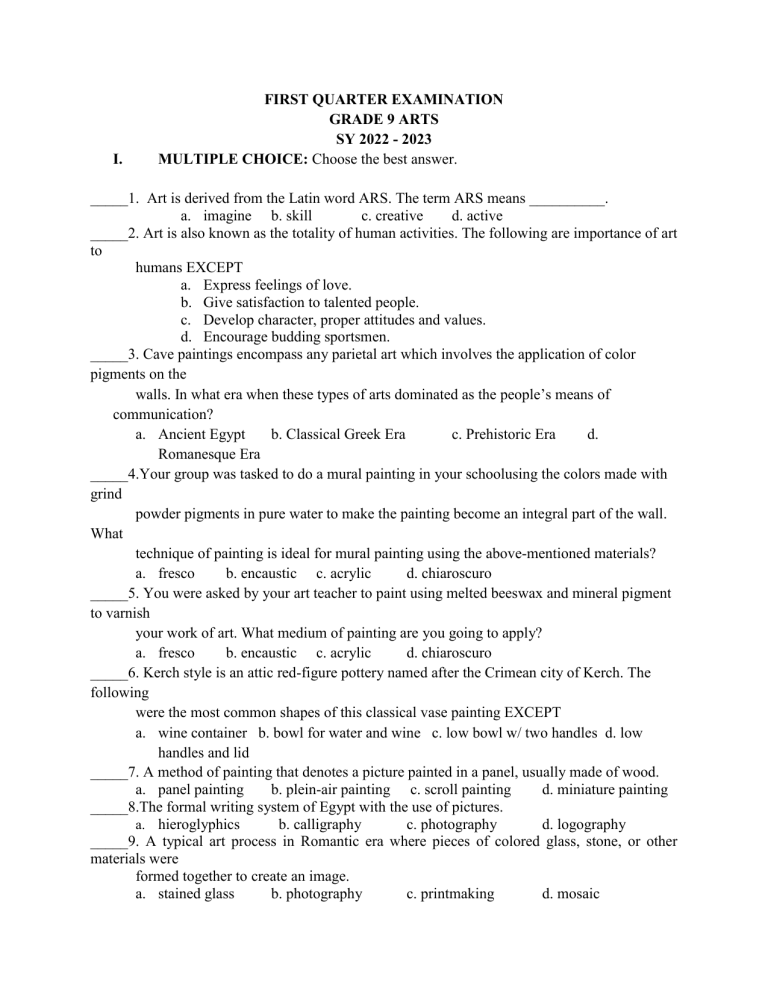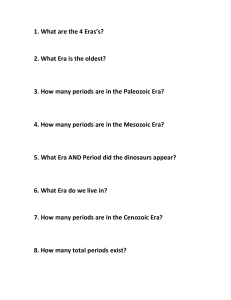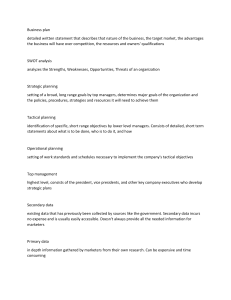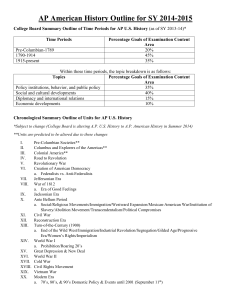
I. FIRST QUARTER EXAMINATION GRADE 9 ARTS SY 2022 - 2023 MULTIPLE CHOICE: Choose the best answer. _____1. Art is derived from the Latin word ARS. The term ARS means __________. a. imagine b. skill c. creative d. active _____2. Art is also known as the totality of human activities. The following are importance of art to humans EXCEPT a. Express feelings of love. b. Give satisfaction to talented people. c. Develop character, proper attitudes and values. d. Encourage budding sportsmen. _____3. Cave paintings encompass any parietal art which involves the application of color pigments on the walls. In what era when these types of arts dominated as the people’s means of communication? a. Ancient Egypt b. Classical Greek Era c. Prehistoric Era d. Romanesque Era _____4.Your group was tasked to do a mural painting in your schoolusing the colors made with grind powder pigments in pure water to make the painting become an integral part of the wall. What technique of painting is ideal for mural painting using the above-mentioned materials? a. fresco b. encaustic c. acrylic d. chiaroscuro _____5. You were asked by your art teacher to paint using melted beeswax and mineral pigment to varnish your work of art. What medium of painting are you going to apply? a. fresco b. encaustic c. acrylic d. chiaroscuro _____6. Kerch style is an attic red-figure pottery named after the Crimean city of Kerch. The following were the most common shapes of this classical vase painting EXCEPT a. wine container b. bowl for water and wine c. low bowl w/ two handles d. low handles and lid _____7. A method of painting that denotes a picture painted in a panel, usually made of wood. a. panel painting b. plein-air painting c. scroll painting d. miniature painting _____8.The formal writing system of Egypt with the use of pictures. a. hieroglyphics b. calligraphy c. photography d. logography _____9. A typical art process in Romantic era where pieces of colored glass, stone, or other materials were formed together to create an image. a. stained glass b. photography c. printmaking d. mosaic _____10. Which of the following BEST describe an Egyptian sculpture? a. Significant in revealing the artistic progress of the culture or artist involved. b. Symbolisms were heavily used to represent the Gods. c. Living is presented larger than the dead. d. Faithful and direct imitation of human anatomy. _____11. To reach a peak of artistic excellence, Greek sculptors were particularly concerned with the following EXCLUDING a. Perfection of human body. b. Arrangement of figures and groups. c. It is extremely primitive and mysterious. d. Dramatic representation of movements. _____12. Which of the following is NOT a relevant nature of Pre-Historic sculpture? a. Symbolic elements were widely used. b. Sculpture is a result of natural erosion and not a human artistry. c. Carvings may have mythological or religious significance. d. Materials used in sculpture vary according to region and locality. _____13. What are the dominant themes of Byzantine sculptures? a. human form, everyday life, still life b. religious, everyday life, nature c. human nature, symbols, war d. heroes, humor, landscape _____14. In Greek architecture, temples were designed either of the three architectural styles or orders. Which among the following is NOT a Greek Classical style? a. Tonic b. Corinthian c. Doric d. Ionic _____15. A style of architecture characterized by pointed arches. a. Gothic b. Byzantine c. Romanesque d.Roman _____16. Ancient Egypt is known for a massive monument having rectangular base and four triangular faces culminating in a singular apex, built over or around a crypt or tomb. a. tomb b. vault c. pyramid d. terracotta _____17. An architectural style characterized by rounded arches and masonry walls and vaults. a. Roman b. Romanesque c. Greek d. Byzantine _____18. Parthenon is considered as the greatest Greek classical temple and was dedicated to the city’s patron deity, Athena. The said temple is renowned with what architectural style? a. Doric b. Ionic c. Corinthian d. Tonic II. MULTIPLE CHOICE: Choose the letter that corresponds to when the classical artwork was modeled. 19. _____ 20. _____ a. Pre-historic Era Era b. Gothic Era c. Ancient Egypt a. Greek Era c. Medieval d. Medieval Era b. Ancient Egypt d. Gothic Era 21. _____ a. Pre-historic Era Era b. Gothic Era Era 22. _____ c. Greek Era a. Ancient Egypt c. Medieval d. Ancient Egypt b. Greek Era d. Romantic 23. _____ a. Ancient Egypt Era b. Gothic Era 24. _____ c. Greek Era a. Greek Era c. Medieval d. Medieval Era b. Ancient Egypt d. Gothic Era 25. _____ a. Pre-historic Era b. Gothic Era c. Greek Era d. Medieval Era



